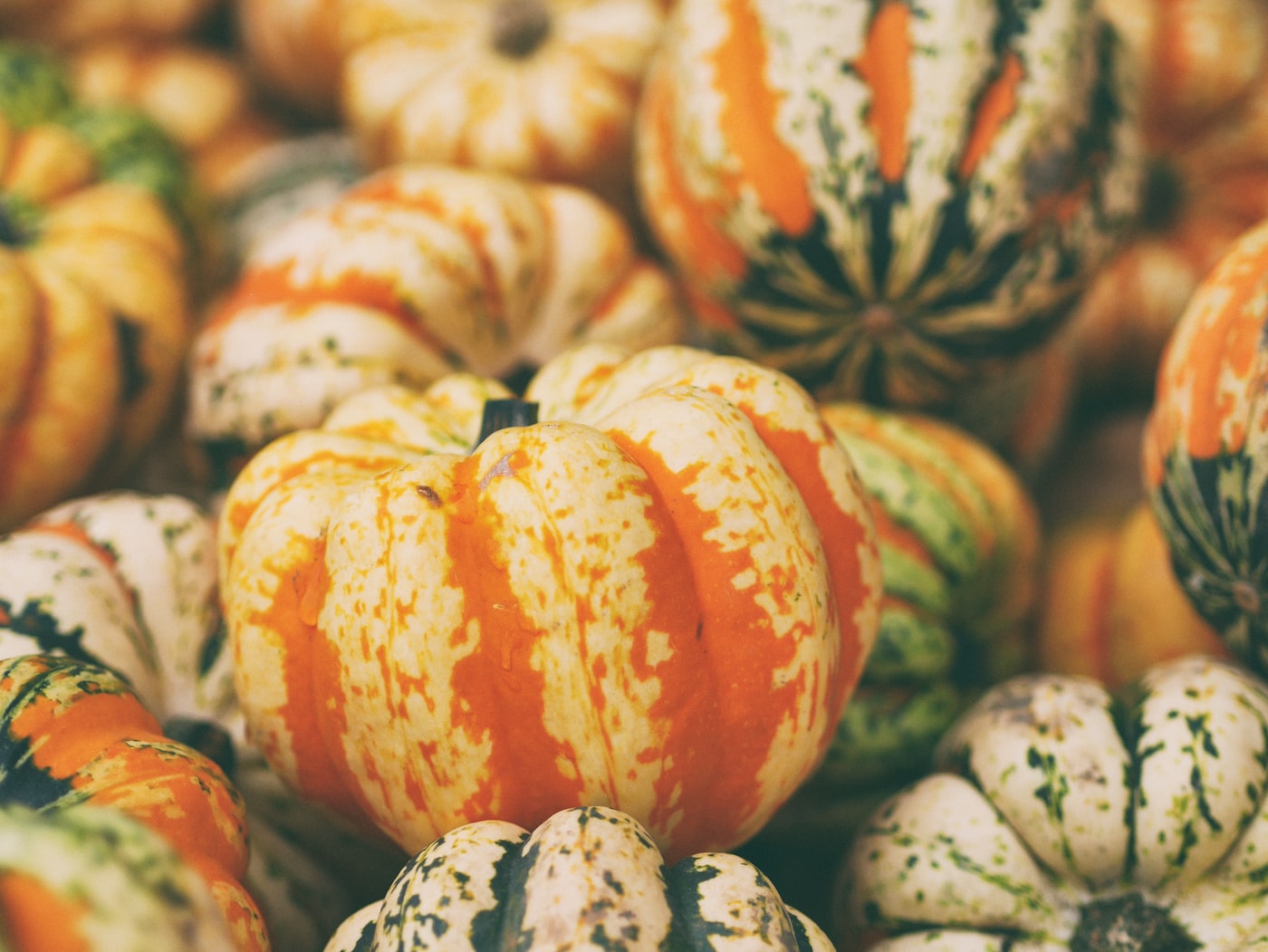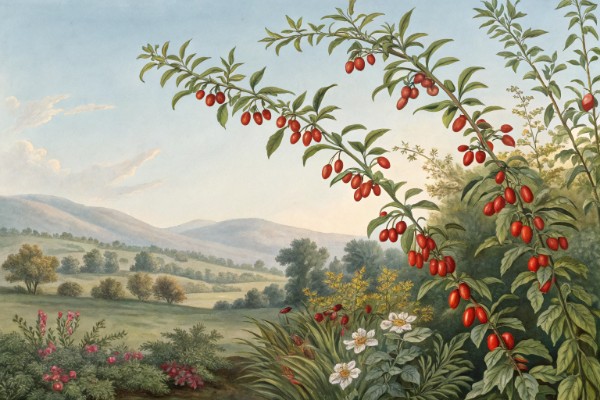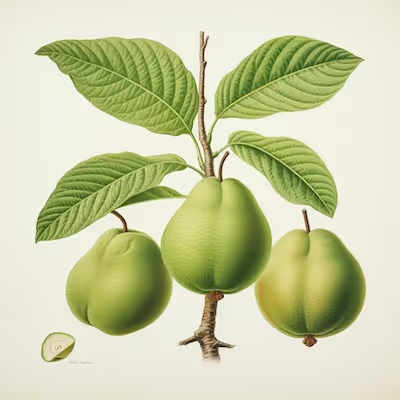Growing Delicata Squash: How to Plant, Care, and Harvest

Growing Delicata Squash
Growing delicata squash starts in late spring once frost bids farewell and soil warms above 65°F. Sow seeds directly into rich, well-drained earth with full sun exposure, spacing hills three to four feet apart. With steady watering and vigilant pest checks, you'll harvest striped, creamy squash ideal for roasting, grilling, or stuffing—read on for planting tips, care tricks, and flavorful cooking inspiration.
Growing Delicata Squash: plant to plate without fuss
I grow Growing Delicata Squash for flavor first, and the edible skin seals the deal. It cooks fast, tastes like sweet potato meets nutty corn, and stores just long enough to bridge late fall dinners.
Delicata matures in about 80 to 100 days, so the crop fits tight seasons. The vines run but stay manageable compared to other winter squash.
Timing and temperature
Seed after your last frost when soil reaches 70 to 95 F, 21 to 35 C. I get best germination near 85 F, 29 C, under a clear row cover that warms the bed.
University and seed industry guides place cucurbit germination at 70 to 95 F, with an optimal zone near 85 F. Source: Cornell Vegetable Guide and widely cited seed producer notes.
Count back from first frost and avoid pushing the finish line. In short-season zones, start seeds indoors 2 to 3 weeks before transplanting and use soil blocks or biodegradable pots to prevent root shock.
Site and soil prep
Full sun is nonnegotiable, and drainage matters. Aim for a slightly acidic to neutral pH around 6.0 to 6.8 and work in 2 to 3 inches, 5 to 7.5 cm, of finished compost.
I prime the bed with a low to moderate nitrogen preplant fertilizer, such as a 5-10-10 at 2 to 3 pounds per 100 square feet, 1 to 1.5 kg per 9.3 m². Too much nitrogen gives leaves, not fruit.
Direct sow vs transplants
Direct sowing is clean and quick once the soil is warm. If I transplant, I move stocky 2 to 3 week old starts at the two true-leaf stage and keep the root ball intact.
Spacing and trellising
Use hills or stations 4 to 5 feet apart, 1.2 to 1.5 m, with two plants per station. Row spacing of 5 to 6 feet, 1.5 to 1.8 m, lets vines breathe.
Delicata climbs nicely on a sturdy cattle panel; I cradle fruit in soft slings as they size up. Vertical growing boosts airflow and keeps rinds unblemished on wet soil.
How I sow
Plant seeds 1 inch deep, 2.5 cm, two or three per station, then thin to the strongest plant. I tuck a temporary row cover over hoops to cut wind and jump-start soil warmth.
Once flowering begins, I remove covers so pollinators can work. If nights stay cool, I keep low tunnels vented during the day and closed at dusk.
Water and feeding
Squash likes steady moisture, about 1 inch, 25 mm, of water per week from rain or drip. I prefer 0.5 gph, 1.9 lph, emitters spaced 12 inches, 30 cm, and I water in the morning.
Side-dress with a light shot of nitrogen when vines begin to run and again at first bloom. A shovel-wide band of compost or a fish and kelp drench provides a nudge without lush, floppy growth.
Most extensions suggest 1 to 1.5 inches of water weekly for cucurbits, with deep, infrequent irrigation to favor strong roots. Source: University of Illinois Extension and similar land-grant guidance.
Mulch and canopy
Black plastic or landscape fabric warms spring soil, then I ring plants with straw once nights settle. Organic mulch keeps fruit clean and suppresses early weeds.
Pruning is minimal. I pinch only wild side shoots that shade the crown or clog a path.
Pollination that sets fruit
Delicata flowers open early and close by midday, so bees need a morning window. The native squash bee, Peponapis pruinosa, shows up at dawn like a reliable barista with pollen pants.
“Squash blossoms are open for only a few hours after sunrise, and pollination must occur in that window.” Source: Xerces Society field notes on squash bee biology.
On cool or stormy mornings I hand pollinate, moving fresh pollen from a male flower to the stigma of a female flower with a soft brush. I keep one male open in a small jar to work through the patch quickly.
Pest and disease playbook
Cucumber beetles chew and vector bacterial wilt, so I use lightweight row cover, 0.5 oz per yd², 17 g per m², until bloom. Yellow traps near the perimeter draw adults away from young plants.
Squash vine borer can gut a plant overnight. I wrap lower stems with a loose collar of foil or knit insect netting and time sprays to egg hatch if monitoring traps show activity.
Squash bugs congregate on the undersides of leaves. I crush bronze egg clusters in the morning and vacuum nymphs with a handheld unit before heat drives them deep.
Powdery mildew arrives late summer almost every year. I space plants generously, water the soil not the leaves, choose tolerant strains, and rotate sulfur or potassium bicarbonate if pressure builds.
Crop rotation of 3 to 4 years outside the cucurbit family reduces recurring issues. Clean up vines after frost and compost hot or dispose if disease showed up.
Harvest, curing, and storage
Pick when the rind resists a thumbnail, the green striping is dark, and the stem turns corky. I cut with pruners, leaving a 2 inch, 5 cm, handle to avoid stem leaks.
Delicata needs only a short cure, about 7 to 10 days in warm dry air, 80 to 85 F, 27 to 29 C. Then store at 50 to 55 F, 10 to 13 C, with moderate humidity for 4 to 8 weeks.
“Delicata is a thin-skinned winter squash with relatively short storage life, often 1 to 3 months under good conditions.” Source: University Extension postharvest guides and seed company cultural notes.
Flavor deepens after a week of storage. I stash the best fruit on a single layer shelf and rotate anything with scratches into the kitchen first.
Kitchen payoff
I slice lengthwise, scoop, brush with olive oil and salt, and roast cut-side down at 425 F, 218 C, until the sugars caramelize. The skin crisps and eats like french fries made by a farmer.
Leftovers mash into risotto or tacos. Seeds roast like pumpkin seeds after a quick brine.
Top Delicata varieties to try
- Honey Boat: sugary, long fruits with dense flesh and excellent color.
- Zeppelin: heirloom strain selected for intense flavor and classic striping.
- Jester: acorn x delicata hybrid with speckled skin and nutty flesh, productive on trellis.
- Delicata JS types: uniform sets for market growers, dependable yields, tight netting and strong handles.
Buy fresh seed from reputable vendors for reliable germination. I favor suppliers who list days to maturity, vine habit, and disease tolerance clearly.
Gear and supplies that earn their keep
- Soil thermometer with a stainless probe for accurate 2 to 4 inch, 5 to 10 cm, readings.
- Lightweight row cover, 0.5 oz per yd², 17 g per m², for early growth, plus insect netting, 25 to 40 g per m², for borer protection.
- Drip kit with pressure regulator, 0.5 gph, 1.9 lph, emitters and a simple timer to avoid midday watering.
- Sturdy trellis panels or T-posts and twine; fruit slings from old T-shirts.
- Bypass pruners for clean harvest cuts that preserve stems.
I log planting dates, first bloom, and first set in a pocket notebook. That record beats memory when choosing sow dates next spring.
Common mistakes and quick fixes
- Sowing into cold soil leads to rot; wait for 70 F, 21 C, or warm with clear plastic for a week.
- Excess nitrogen delays fruiting; side-dress lightly only at vine run and first bloom.
- Poor pollination shows as baby fruit aborting; hand pollinate on overcast mornings or add flowering companions near the patch.
- Letting fruit sit wet on soil causes rot; trellis or slide a shingle, tile, or straw nest underneath.
Regional timing snapshots
- USDA Zones 4 to 5: start indoors late April, transplant early June, harvest late September before hard frost.
- Zones 6 to 7: direct sow mid to late May, steady harvest August through October.
- Zones 8 to 9: spring sow after last frost for summer harvest, or late July sow for fall flavor and fewer pests.
I prefer the late summer sow for cleaner leaves and richer taste as nights cool. The vines feel calmer, and the fruit colors up like a sunset over a field road.
A few field notes and sources
Cornell, University of Minnesota, and University of Illinois extensions align on spacing, pH, and irrigation baselines. UC Davis Postharvest sheets frame storage ranges, while the Xerces Society keys in on pollination timing.
Johnny’s Selected Seeds and Seed Savers publish reliable cultural notes, including temp targets and variety traits. I cross-check those against my logs before changing anything big.
Growing Delicata Squash rewards attention to heat, water rhythm, and morning pollinators. Nail those, and the rest feels like cooking with a sharp knife and a hot pan.
Cheatsheet: Fast, Flavorful Delicata Squash Success
🌱 Best Time & Conditions
- Start indoors: 2-3 weeks before last frost, 70°F/21°C+ soil
- Transplant or direct sow: After last frost, soil 65°F/18°C+
- Full sun, loose, fertile soil, pH 6.0-6.8
🛠️ Tools and products you'll need
- Delicata seeds
- Seed starting trays & potting mix
- Hand trowel
- Mulch
- Fertilizer (5-10-10 NPK works well)
- Watering can or drip irrigation
- Sharp knife or pruners (for harvest)
- Garden spade
- Row cover (for cold snaps or pests)
🌾 Planting Method
- Soak seeds 4-8 hours before sowing.
- Sow 1" (2.5cm) deep, 18-24" (45-60cm) apart in rows 4' (120cm) apart.
- Thin to 1 plant per mound after sprouting.
- Add mulch to retain moisture & suppress weeds.
💧 Water & Nutrition
- Water deeply 1-2"/2.5-5cm per week.
- Feed with balanced fertilizer at planting & flowering.
- Avoid wetting foliage to reduce mildew.
🛡️ Pest & Disease Patrol
- Row covers deter cucumber beetles & vine borers.
- Scout weekly for powdery mildew or wilt; remove affected leaves.
- Rotate crops yearly to prevent soil-borne issues.
🔪 Harvest & Storage
- Harvest when rinds are firm & skins have full color (about 80-100 days).
- Cut with 2" (5cm) stem attached; avoid bruising.
- Cure for 7-10 days; store up to 3 months at 50°F/10°C.
🥗 Health & Nutrition
- High in: Vitamins A, C, fiber, antioxidants.
- Fewer carbs than other winter squash.
- Eat skin—thin & edible when roasted!
One plant yields up to 10+ squash. Homegrown means no synthetic sprays; self-sufficiency and nutrition in every bite.
Frequently Asked Questions About Growing Delicata Squash
What type of soil suits delicata squash best?
Delicata squash thrives in fertile, well-draining soil that is rich in organic matter. Aim for a soil pH around 6.0 to 6.8 for optimal growth. Supplement your garden bed with compost before planting to enrich soil nutrients and structure.
When and where should delicata squash seeds be sown?
Plant seeds outdoors after all risk of frost has passed and when soil temperatures reach between 65°F and 70°F (18°C to 21°C). Select an area with full sun exposure—ideally receiving at least 6-8 hours of direct sunlight daily—to encourage healthy growth and fruiting.
How much space does delicata squash require?
Provide plenty of room to spread, as delicata squash plants vine extensively. Space seeds about 36 inches (90 cm) apart in rows separated by approximately 48 inches (120 cm). Adequate spacing promotes airflow and reduces disease risks.
How frequently should delicata squash plants be watered?
Water regularly, aiming to maintain steady moisture, especially during fruit formation. Approximately 1 inch (2.5 cm) of water per week delivered consistently at ground level supports healthy fruit growth without encouraging fungal diseases.
What strategies protect delicata squash from pests?
Monitor plants routinely for signs of common pests such as squash bugs, cucumber beetles, and vine borers. Employ protective measures like floating row covers early in the season and inspect undersides of leaves regularly. Natural predators like ladybugs can help control aphid populations effectively.
When can delicata squash be harvested?
Delicata squash typically matures within approximately 80-100 days after planting. Harvest when skins turn creamy-yellow with dark green stripes and firm texture. Additionally, harvesting before frost arrives prevents damage and ensures optimal flavor and storage quality.
What is the appropriate method to store delicata squash after harvesting?
Store harvested delicata squash in a cool, dry location with good airflow, ideally maintaining temperatures between 50°F and 55°F (10°C to 13°C). Under correct conditions, delicata squash can remain fresh and flavorful for up to 3 months.
Growing Delicata Squash rewards patience and a bit of dirt under your fingernails. Start with rich soil, steady water, and plenty of sun. Watch for powdery mildew and squash bugs—they love these vines almost as much as you do. Give them space, and they’ll give you fruit with thin, edible skin and a taste that sings of autumn. Harvest when the skin hardens and the stripes turn deep. Store in a cool spot, and you’ll have sweet, nutty squash long after the last leaves fall. If you’re hungry for more variety, try your hand at planting other winter squash for a bumper crop. With care, Delicata will earn its place in your garden and on your table.



